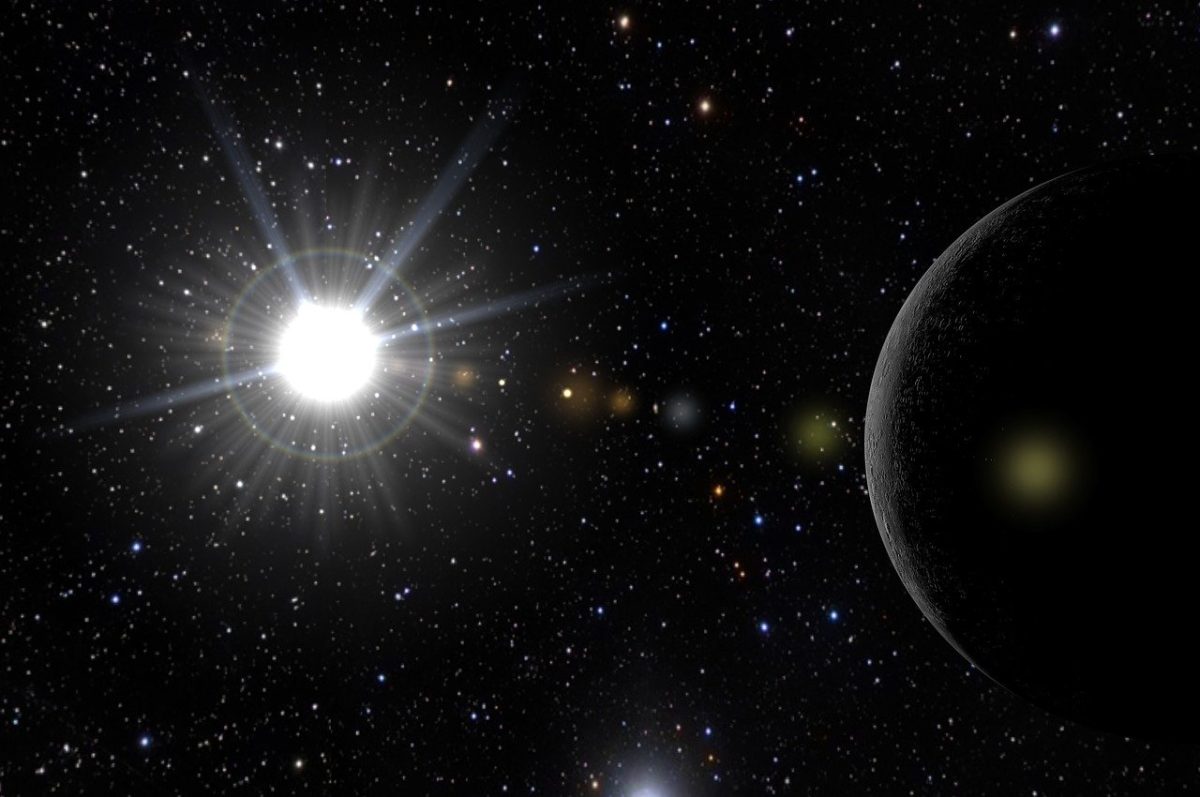A newly studied exoplanet over 1200 light years away from Earth is turning heads in the astronomy world–and Star Wars fans might find it familiar.
Nicknamed “Tatooine,” this strange world orbits not one, but two stars, just like Luke Skywalker’s home planet. But in this case, they’re not ordinary stars–they’re brown dwarfs, often called “failed stars” because they’re too small to sustain nuclear fusion like our Sun.
This planet, officially named Kepler-453c, is part of a rare group of exoplanets that follow circumbinary orbits, meaning they travel around both stars in one big loop.
Even cooler? Its orbit is elliptical, not perfectly round, which means the planet experiences dramatic shifts in temperature and light.
The two stars it orbits revolve around each other every 27 days, while Kepler-453c takes about 240 Earth days to make a full trip around them. Despite the complex dance, the planet sits right in the middle of the system’s habitable zone–the sweet spot where temperatures could allow liquid water to exist.
Kepler-453c itself is a gas giant, so humans won’t be building cities there anytime soon. But here’s the twist that makes this discovery so electrifying: if Kepler-453c has large moons, like Jupiter and Saturn do in our solar system, those moons could have just the right conditions for life.
This planet is more than just a pop culture nod. It’s a glimpse into the wild variety of planetary systems that exist beyond our own, and a reminder that Earth-like conditions might be hiding in unexpected places.
Every discovery like this one pushes the boundary of what we believe is possible in the universe. Kepler-453c doesn’t just resemble Tatooine—it represents a new frontier in the search for life beyond Earth.
And who knows? One of its moons might just be someone else’s home.







